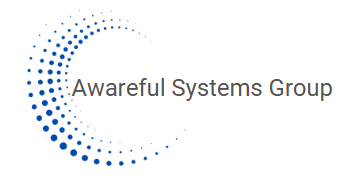Step 1: Implement Ecosystem Development: An Integrative Mindset, Model & Framework
Ecosystem Development is a process that begins through learning, practice, and application of different approaches for evaluation, analysis, planning, operations, and change within the unique context of the client .
Step 2: Discover Client/Project Needs: Clarify the Jobs to be Done
During the initial client engagement, it is crucial to understand and identify immediate needs and longer-term project expectations by examining the Jobs to be Done through a Complexity Lens. This involves clarifying the client’s objectives and engagement expectations, understanding the dynamics within the existing client ecosystem, and setting expectations for both the client and the team.
Step 3: Target the Fuzzy Front End: Identify Ecosystem Assets & Resources
The Fuzzy Front End is a crucial aspect of every ecosystem development initiative and serves as a starting point for quickly gathering information to create a visual representation of the parts of an ecosystem, such as assets, people, functions, and structures.
Step 4: Advance Ecosystem Development: Deploy the EDF (Ecosystem Development Framework)
The EDF advances ecosystem development by quickly adding actionable insights and responsive next steps during key phases of analysis, evaluation, planning, and decision-making across both daily practices and strategic operations.
